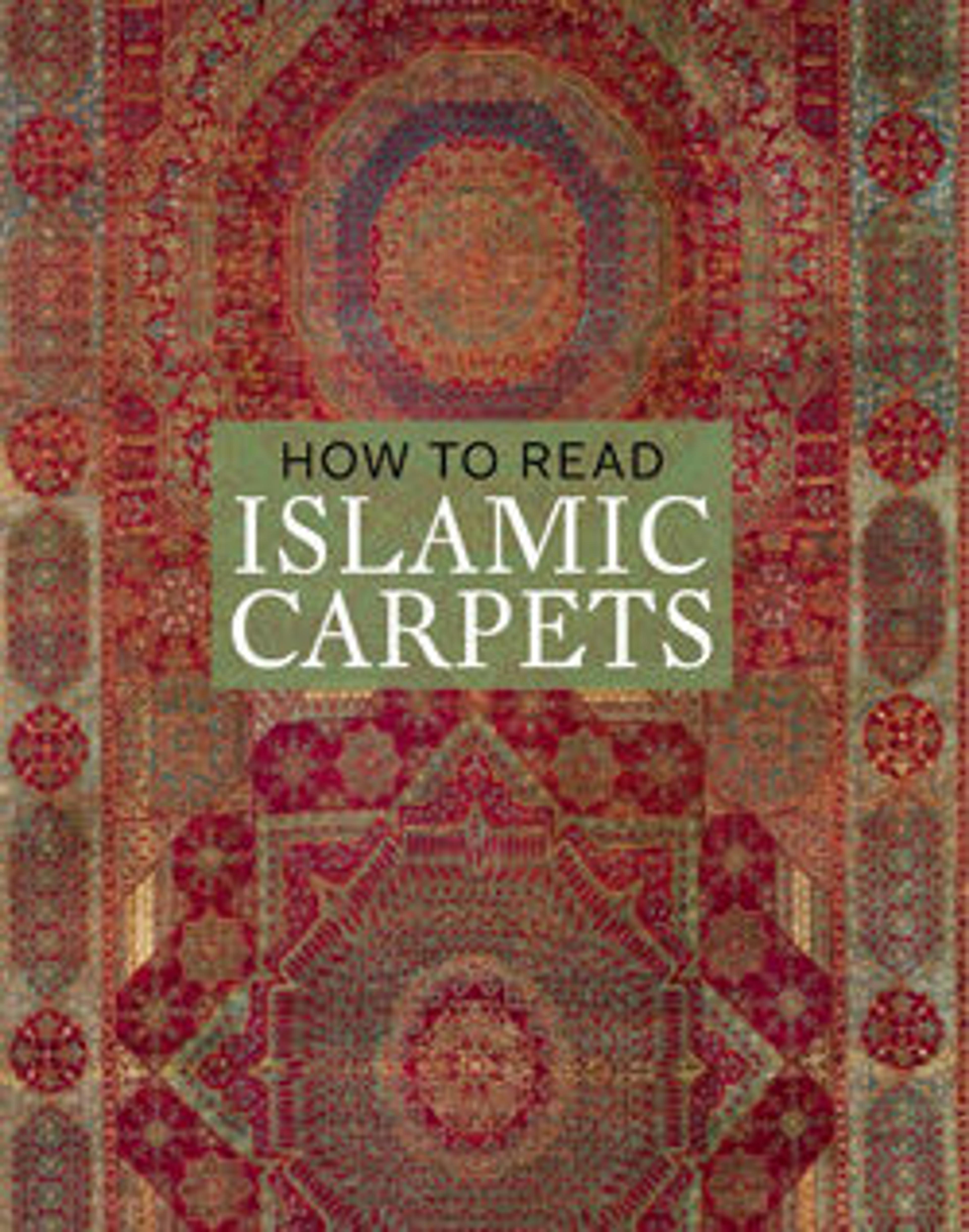'Holbein' Carpet
Named after a famous portrait by Hans Holbein the Younger that depicts a similar carpet draped over a table, the pattern of this early Turkish carpet is one of the most fundamental of all carpet designs. Many other carpet patterns are derived from its arrangement of small knotlike medallions and diamond-shaped strapwork. Its interlaced border is related to the kufic border found in many early 'Lotto' carpets. "Holbein" carpets were woven in Anatolia as early as the fourteenth century, and became popular in Europe from the fifteenth century onward.
Artwork Details
- Title: 'Holbein' Carpet
- Date: 15th–16th century
- Geography: Country of Origin Turkey
- Medium: Wool; symmetrically (?) knotted pile
- Dimensions: L. 109 in. (276.9 cm)
W. 80 in. (203.2 cm) - Classification: Textiles-Rugs
- Credit Line: Gift from the Collection of Hillary Black Dumas and Dr. D. Gilbert Dumas, 2009
- Object Number: 2009.458.1
- Curatorial Department: Islamic Art
More Artwork
Research Resources
The Met provides unparalleled resources for research and welcomes an international community of students and scholars. The Met's Open Access API is where creators and researchers can connect to the The Met collection. Open Access data and public domain images are available for unrestricted commercial and noncommercial use without permission or fee.
To request images under copyright and other restrictions, please use this Image Request form.
Feedback
We continue to research and examine historical and cultural context for objects in The Met collection. If you have comments or questions about this object record, please contact us using the form below. The Museum looks forward to receiving your comments.
